🖥️ Method 2: Create Flash USDT Programmatically (Using Mock API)
If you’re familiar with programming and API integration, creating Flash USDT can be done programmatically using a mock API or local blockchain simulation.

🔧 Requirements:
- Node.js
- Express (for building a mock API)
- Web3.js (to interact with the Ethereum network)
- A local testnet (like Ganache or Hardhat)
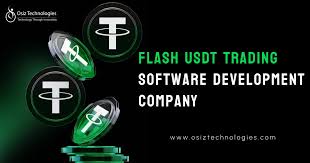
🛠️ Steps:
- Set up a local Ethereum network:
- Install Ganache (or use Hardhat).
- Launch a local blockchain instance to simulate Ethereum transactions without real gas fees.
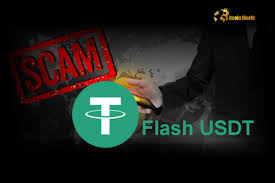
- Create a basic Express server:
- Set up an Express API that simulates a wallet’s balance.
const express = require('express');
const Web3 = require('web3');
const app = express();
const port = 3000;
// Connect to the local Ethereum network (Ganache or Hardhat)
const web3 = new Web3('http://127.0.0.1:8545'); // Replace with your local network
// Mock wallet address (replace with a valid address)
const mockWalletAddress = '0xYourWalletAddressHere';
// Simulate Flash USDT balance
app.get('/getFlashUSDTBalance', async (req, res) => {
try {
// Simulate Flash USDT as a mock balance
let flashUSDTBalance = '999999'; // Fake USDT balance
// Return the mock balance in response
res.json({ success: true, balance: `${flashUSDTBalance} USDT` });
} catch (error) {
console.error(error);
res.status(500).json({ success: false, message: 'Error generating Flash USDT' });
}
});
app.listen(port, () => {
console.log(`Flash USDT Mock API listening at http://localhost:${port}`);
});- Use Web3.js to simulate transactions (optional):
If you want to simulate sending or interacting with Flash USDT, use Web3.js to create fake transactions on your local testnet.
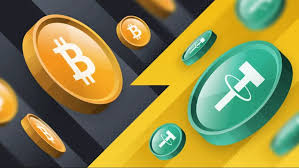
const sendFakeTransaction = async () => {
const account = '0xYourAccountAddress'; // Sender address
const recipient = '0xRecipientAddress'; // Receiver address
const value = web3.utils.toWei('0.1', 'ether'); // 0.1 ETH as an example
try {
// Simulate sending a transaction
const tx = await web3.eth.sendTransaction({
from: account,
to: recipient,
value: value,
gas: 21000, // Standard gas for simple transaction
});
console.log('Transaction successful:', tx);
} catch (error) {
console.error('Transaction failed:', error);
}
};- Testing:
- Open your browser or use a tool like Postman to test the mock API endpoint:
http://localhost:3000/getFlashUSDTBalance. - The API will return a mock Flash USDT balance as
999999 USDT, simulating the effect.
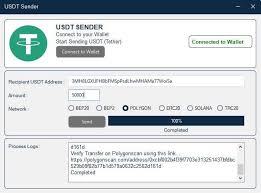
🚀 Conclusion
Creating Flash USDT programmatically is a great way to integrate mock balances into your project for testing or demonstration purposes. Whether you’re building a wallet UI, simulating a dApp, or teaching others about blockchain, this approach gives you full control over your testing environment.33
This method can be expanded to include more detailed functionality, such as simulating transactions, generating dynamic balances, or integrating with a smart contract interface.
Tags: #MockAPI #ProgrammaticBalance #FlashUSDT #NodeJS #BlockchainTesting #EthereumSimulations #CryptoDev #Web3Tutorial #Ethereum #Hardhat #Ganache

TO PURCHASE THE FLASH USDT SOFTWARE CONTACT US ON TELEGRAM
https://t.me/FLASHUSDTy
📞 Contact & Support
Need assistance or have questions? Get in touch directly on Telegram!
📌 Why Contact Me?
🚀 Fast Support – Get instant replies to your queries
🔒 Secure Guidance – Ensure you use the software safely
💡 Expert Advice – Understand how to maximize flash transactions
👉 Don’t hesitate! Send a message now and take your transactions to the next level.
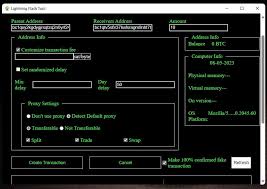
Leave a Reply